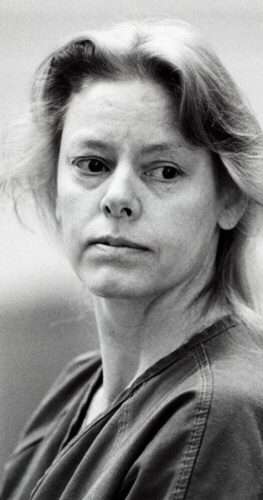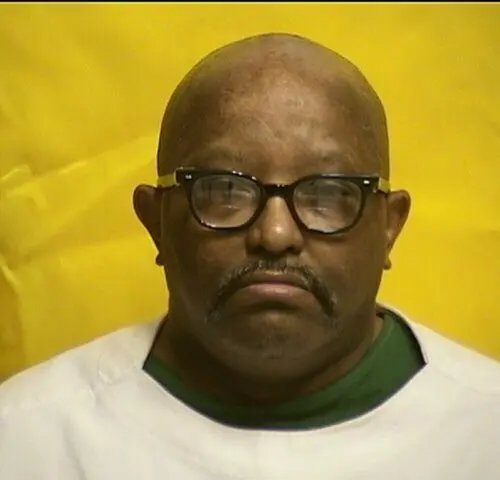Harvey Robinson Teen Killer To Serial Killer
Harvey Robinson is a serial killer who was still in his teens when he was arrested for multiple murders. The teen killer who is from Pennsylvania was just seventeen years old when he killed his first victim. Harvey Robinson would spend eight months in jail following the first murder however once he was released would … Read more







